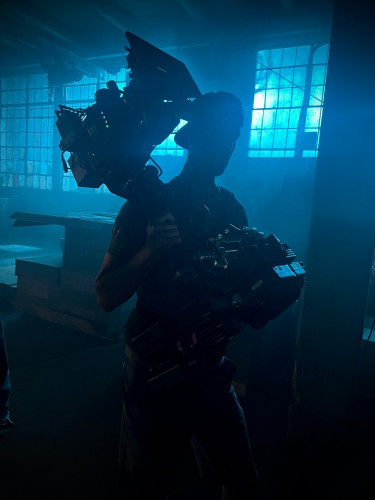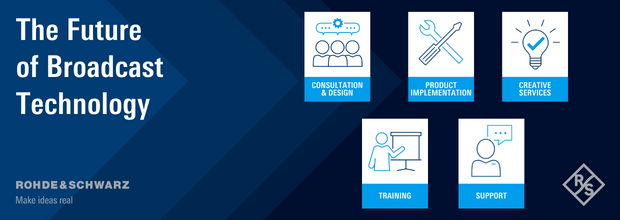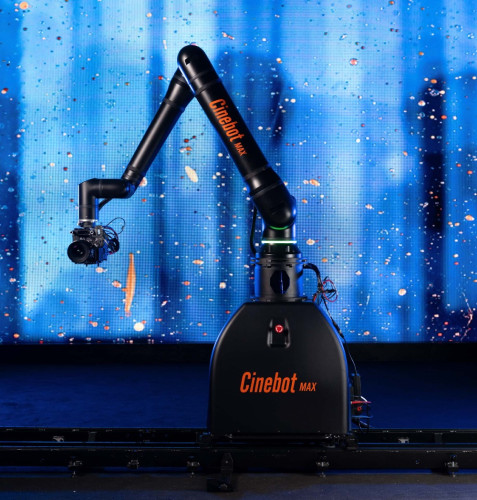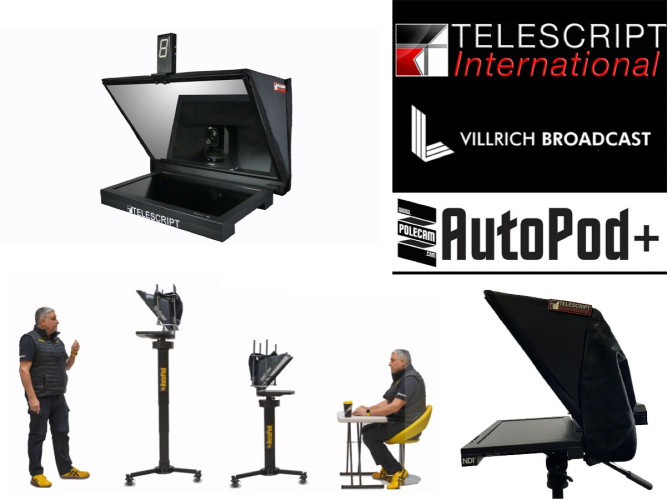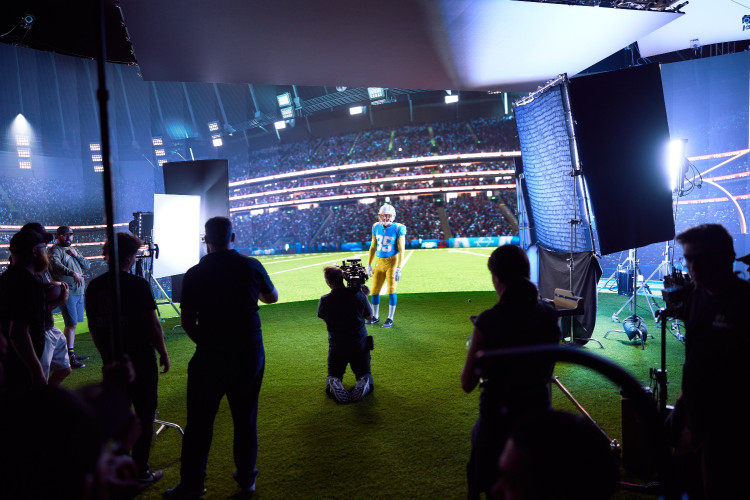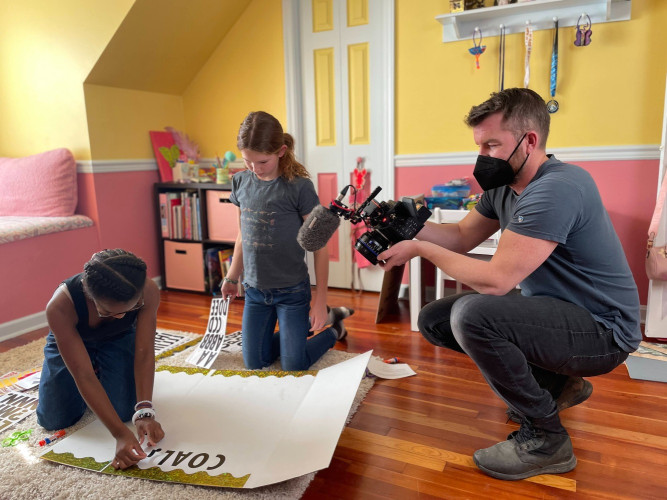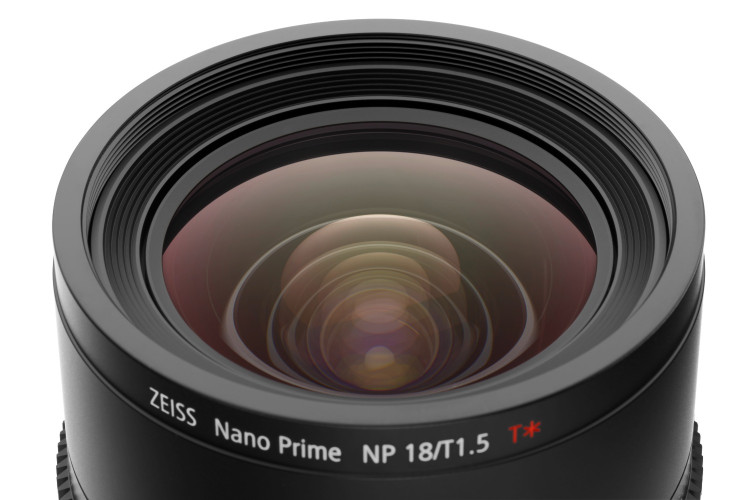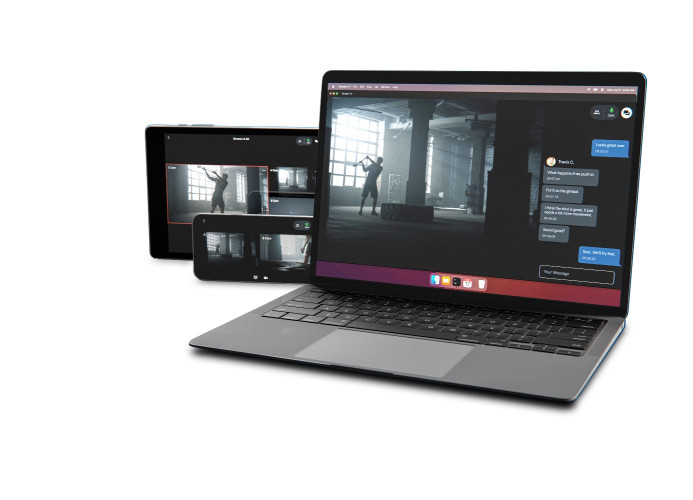Increasing creativity and functionality with Q-Ball
Author: Jim Daniels
Published 1st July 2013
By Jim Daniels, technical director, Camera Corps
Tell us more about Camera Corps and its position within the industry…
Camera Corps was founded almost 20 years ago to offer broadcasters video system design and rental services. Having focused on rentals from the very beginning, we have provided high-volume cameras, pan-and-tilt heads and tracking systems, along with support services, for reality television production, large-scale sporting and entertainment events such as the Summer and Winter Olympic Games and the FIFA World Cup soccer championships, and other major applications. Over the years, we purpose-built some unique, high-tech equipment to accommodate specific customer needs.
The response from our customers was very enthusiastic, so we began manufacturing and selling equipment as well. One of our first standalone products was the Q-Ball, which became a best seller among camera solutions which have robotic pan-and-tilt heads on the market. We expanded our reach and capabilities further in 2012, when we joined the Vitec Group’s Videocom Division.
What is Q-Ball?
The Q-Ball system provides content producers with a high-quality remote-controlled video camera that is small and unobtrusive enough to place in locations that are inconvenient or impossible for a standard camera/operator team. It is based on a successful Sony chip, electronics and lens combination using a 1/3-inch, two-megapixel CMOS camera sensor developed by Sony for OEM applications. We took the Sony system and engineered it into an extremely small spherical enclosure, adding an advanced pan-and-tilt head and comprehensive remote control protocols.
The camera system operates at several performance levels, including HD 720p and 1080i at 50/59.94hz, and SD performance covering 625/50 and 525/59.94hz, with aspect ratios of 16x9 and 4x3 to cover a wide range of production situations. The Q-Ball system also features NightWatch infrared, an integrated 10x-zoom optical lens and wide-angle lens adapters. We have packaged this all in a weatherproof, 4.5-inch-diameter aluminium sphere with extremely smooth accelerating pan and tilt motors. The system offers four channels of embedded audio for stereo or multichannel capture, and master black level and colour-saturation control for colour-matching Q-Ball with other HD/SD cameras for production consistency.
What led you to develop the Q-Ball system?
We developed Q-Ball based on our experience of using the Sony camera at the Beijing Olympics where we had nearly 50 of the cameras deployed, in fixed housings. In order to make them robotic, we had to put them on a relatively large standard pan-and-tilt head. The results were not particularly nice looking as we had quite a small camera on a large robotic head, so the unit was physically obtrusive. Although we used a few of them in that mode, it wasn’t ideal. Not everyone does the same thing in front of a camera. Some might feel intimidated, others may act unnatural, and a few will play to the camera. After Beijing, then, we looked into developing a compact robotic head that would be less intimidating and a more natural fit for the user.
We felt the best way to accomplish this was to make the system into a sphere. With this shape, the camera could be as small as possible. This is how Q-Ball was born. It’s an aesthetically pleasing system that is arguably the smallest, highest -quality broadcast system in the world. Not only that, it features 360-degree continuous movement in both axes and, because the system uses audio tones to activate it, the full remote control has no distance limit. Users can operate the pan-and-tilt mechanism at any speed from four seconds to 20 minutes per revolution through an unlimited number of turns. Integral high-precision, low-noise motors allow the camera to be repositioned smoothly during live shooting rather than merely between shots.
How can Q-Ball be used for production?
Because the Q-Ball is sleek and small, it’s a perfect fit for most production environments, including reality, entertainment, studio and sports applications, as it not only can be placed where camera operators typically cannot go, but it can also enhance more traditional studio shots by providing a range of new angles. Q-Ball, for example, is very popular on the U.K. version of the reality show Big Brother. The cameras are mounted in all areas of the house where the program is set, with many of them visible in a shot. Q-Ball always presents a very low profile, and it can be mounted almost anywhere in an upright, sideways or inverted position.
As Q-Ball comes in a wide variety of colours and finishes, with custom painting available on request, the unit can blend into virtually any environment. What’s more, as the Q-Ball camera system is not intrusive, it is capable of capturing the natural response from program participants. This includes everything from reality TV and greenroom applications to dugout-action or field-overview shots that are not practical with larger broadcast cameras. Users can situate Q-Ball in virtually any production environment, whether in the ceiling corner of a room, under a counter, high on the superstructure of a stadium, under a balcony or hanging from a tree. This provides expanded production views, offering close-ups and overhead angles that traditional newsroom cameras cannot achieve.
What about the remote control?
The basic Camera Corps system, one joystick and one Remote Control Panel (RCP), can control up to six cameras. For reality TV shows and other applications requiring the control of more cameras, Camera Corps has developed an extension to the system, enabling it to control up to 96 cameras, with up to four operators. Since Camera Corps is now a part of the Vitec Group, Q-Ball has been engineered to be compatible with Vinten Radamec’s Fusion FCS-16, VRC and the new CP4 remote control systems . This brings Q-Ball into an even wider range of studio-based production applications.
What is the CP4 System and how does it operate?
Vinten Radamec offers several different studio-based robotic control interfaces, all of which are widely used throughout the industry. The CP4 is a straightforward, easy-to-use standalone desktop unit designed to control smaller robotic heads, including the Camera Corps Q-Ball. Beyond studio installations, it can also be used in conference facilities, when staging events and with outside activities.
When it first sought to engineer the CP4 system, the Vinten Radamec engineering team observed that many of the products on the market were push-button oriented, allowing users to select a button, a camera and move the camera with a joystick, among other capabilities. Moving forward with technology, the CP4 system is based on a touch screen, making the control system very intuitive and easy to use.
Utilizing CP4, the operator can activate options to edit or delete shots by holding down the screen button for a few seconds. The unit also offers a joystick control to trim shots and move the robotics around, as well as an option for zoom. The CP4 gives the operator two zoom options, Vinten Radamec’s twist-to-control zoom and, for those familiar with manual equipment, a small rocker switch that they can use as well. This approach is very versatile, especially with non-professional users. Being completely software driven, the system’s workflow is configurable by the user.
What are the benefits of the Q-Ball/Vinten Radamec controllers integration for production?
Q-Ball already enjoys a great deal of success with high-end sports and reality programming. Its connection to Vinten Radamec extends its market exposure to include the production studio environment. Using the combined Q-Ball and CP4 system also allows professional facilities to utilize the remote mini-cam within an existing production system without the cost and difficulties associated with running multiple cables beyond an Ethernet connection. This relationship also allows the smaller facility or remote location to enjoy the production benefits of high-quality components with remote capabilities, without the cost of deploying and training personnel on larger systems.
With CP4 appealing to an even wider range of applications, the Q-Ball/CP4 combination offers a system that is easy to set up and intuitive to use, delivering the powerful production options necessary to meet the ever-expanding demand for video production at all levels of the industry.



